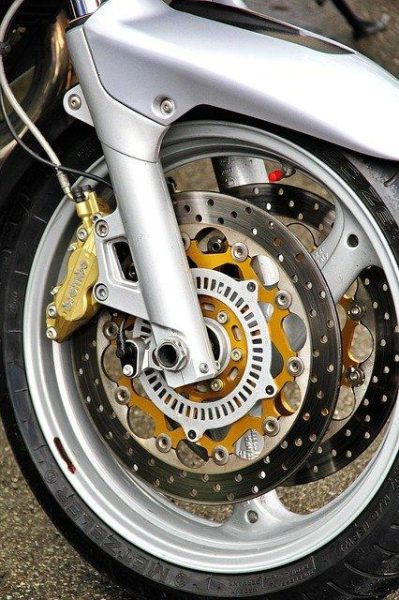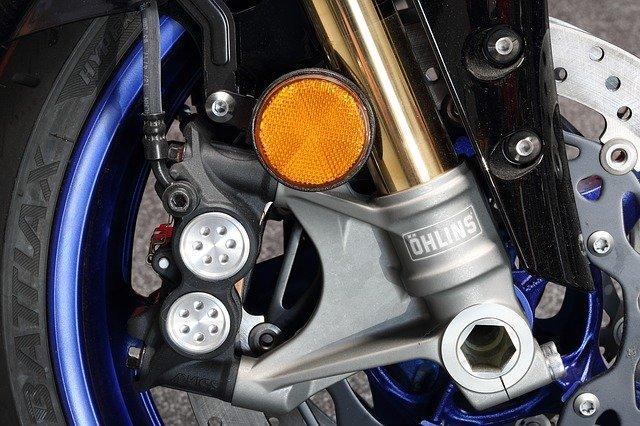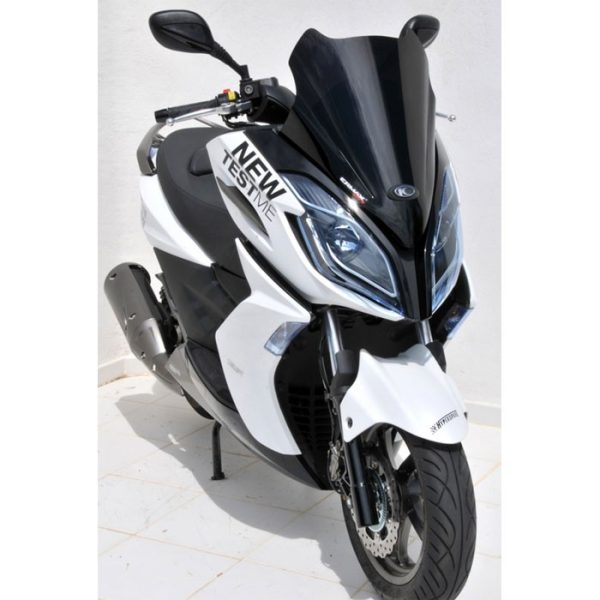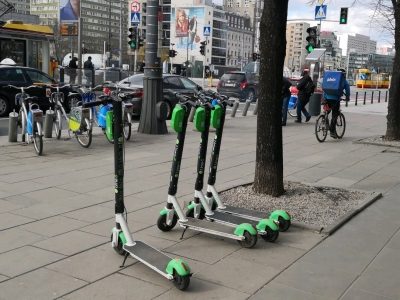ABS, CBS and Dual CBS brakes: everything is clear
Content
The braking system is an essential element of all motorcycles. Indeed, the car must have good brakes and be in good condition for its safety. Conventionally, two types of braking are distinguished. But with the advancement of technology, new braking systems have been introduced to improve the comfort of motorcyclists as well as for its safety.
So you will hear more and more bikers talking about ABS, CBS or Dual CBS braking. What exactly? In this article, we give you all the information you need to know about new braking systems.
Presentation of conventional braking
The braking system reduces the speed of the motorcycle. It also allows you to stop the motorcycle or leave it at a standstill. It affects the motorcycle engine, canceling or reducing the work it does.
To work properly, a motorcycle brake is made up of four elements, namely a lever or pedal, a cable, the brake itself, and a moving part, usually attached to the wheel. In addition, we distinguish between two types of braking: drum and disc.
Drum braking
This type of braking is most often used on the rear wheel. Very simple in design, it is a fully enclosed braking system. However, the effectiveness of this type of braking is limited because it is not effective only up to 100 km / h... Exceeding this speed may cause overheating.
Disc braking
The disc brake is a very old model that has a lot in common with the shoe brake available on bikes. The first disc brakes were first used on a motorcycle in 1969 on the Honda 750 furnace. This is an effective type of braking that can be operated by cable or hydraulics.

ABS braking
ABS is the most famous brake assist system. From January 2017 this braking system must be integrated in all new two-wheeled vehicles with a volume of more than 125 cm3. before selling in France.
Anti-lock braking system
ABS helps prevent blockages. This makes braking very simple and easy. Just push the joystick hard and the system does the rest. He significantly reduces the risk of falls, therefore, the French authorities must reduce it. Braking is done electronically to prevent the wheels from locking.
ABS work
To fulfill its role perfectly, ABS braking acts on the hydraulic pressure applied to the front and rear calipers. This is because each wheel (front and rear) has a 100-tooth gear that rotates with it. When the teeth rotate in one piece with the wheel, their passage is recorded by a sensor. Thus, this sensor allows the wheel speed to be constantly monitored.
The sensor generates a pulse with every recorded pass, which allows the measurement of the rotational speed. To avoid blocking, the speed of each wheel is compared, and when one speed is lower than the other, a pressure modulator located between the master cylinder and the caliper slightly reduces the fluid pressure in the brake system. This releases the disc a little, which frees the wheel.
The pressure remains sufficient to decelerate smoothly without dropping or losing control. Please note that for greater safety when driving, the electronics compare the rotational speed approximately 7 times per second.

Braking CBS and Dual CBS
Combined braking system (CBS) it is an old auxiliary braking system that came with the Honda brand. This enables combined front / rear braking. As for the Dual-CBS, it appeared in 1993 on the Honda CBR.
1000F and allows the motorcycle to be flattened by activating the front brake without the risk of blocking.
Twin braking system
CBS balances braking. He promotes simultaneous braking of the front and rear wheels, which allows the motorcycle rider not to lose his balance even on poor surfaces. When the driver brakes only from the front, CBS transfers some of the pressure from the braking system to the rear caliper.
La main difference between CBS and Dual CBS is that CBS operates with a single command, as opposed to Dual CBS, which can be triggered either with a lever or a pedal.
How CBS works
The CBS braking system has a servo motor connected to the front wheel and secondary master cylinder. The booster is responsible for transferring brake fluid from front to back when braking. Each caliper in the system has three pistons, namely the center pistons, the front wheel outer pistons and the rear wheel outer pistons.
The brake pedal is used to drive the center pistons and the brake lever is used to act on the outer pistons of the front wheel. Finally, the servomotor allows the outer pistons of the rear wheel to be pushed.
Consequently, when the pilot presses the brake pedal, the center pistons are pushed back and forth. And when the motorcycle rider presses the brake lever, the outer pistons of the front wheel are pushed.
However, under very heavy braking or when the driver suddenly brakes, the brake fluid activates the secondary master cylinder, allowing the booster to push the outer pistons of the rear wheel.
The importance of combining braking systems ABS + CBS + Dual CBS
You have no doubt understood from the previous explanations that CBS and Dual CBS braking does not prevent clogging. They simply provide better braking performance even when the rider is driving at high speeds. Therefore, ABS intervenes for greater safety, allowing brake without blocking when you have to brake unawares.


One comment
Colloquium
Not clear. Is it better cbs vs abs?